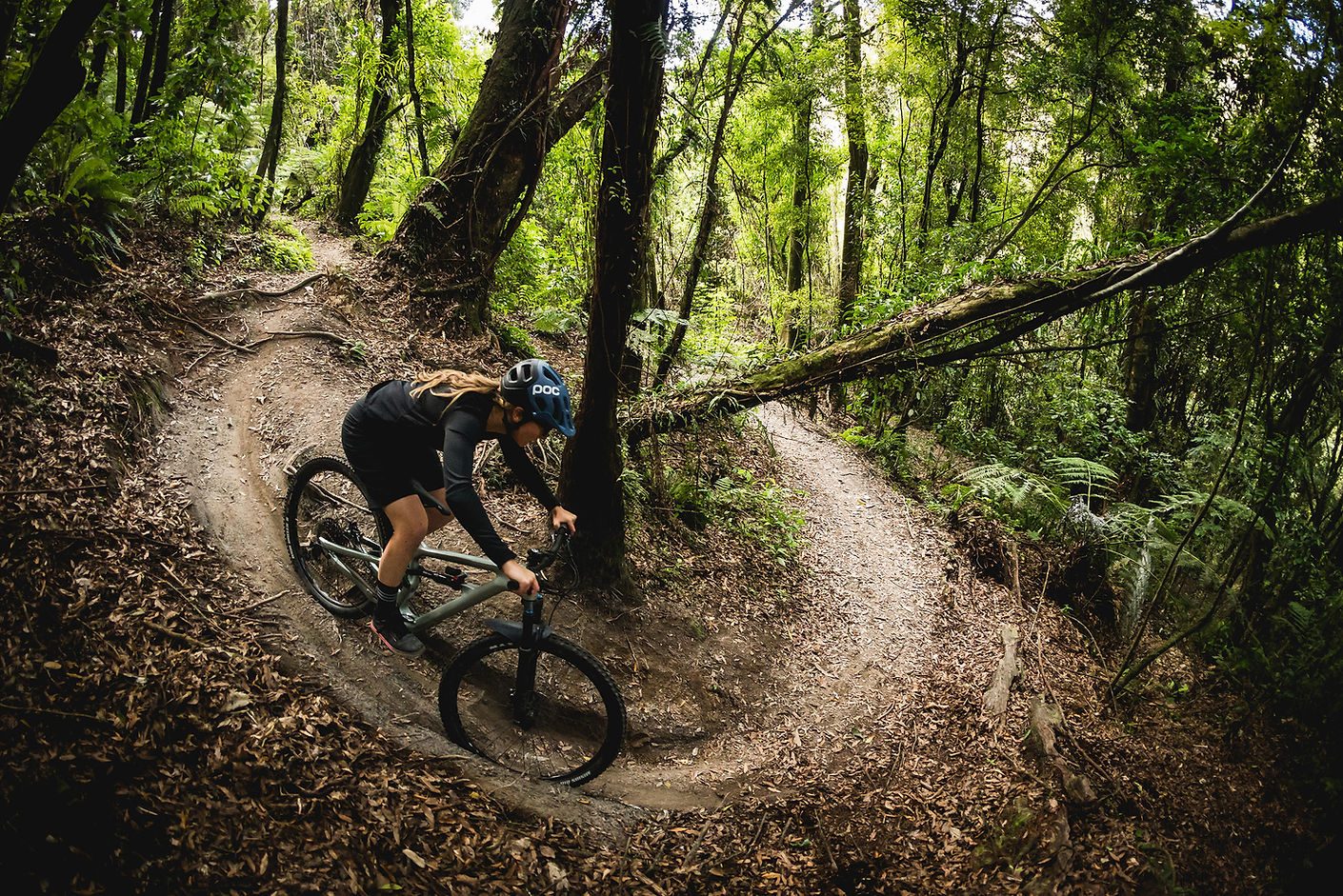Mountain biking in 2020 certainly looks different to 30 years ago when I first started. What we were doing on our bicycles back then is now called gravel riding. Mountain biking today could be loosely defined more as downhill riding than the cross-country flavour it had when bikes were rigid and as difficult to ride on single-track as the bastard-child gravel bikes of today. Probably harder. No-one would dispute that mountain bikes bear more than a passing resemblance to motocross bikes than a bicycle in its traditional form – even more so now, with the emergence of the electric pedal-assist mountain bike. I can hear you shouting at the page already.
Back in 1990, combustion-powered dirt bikes were my ticket to high-speed, go-anywhere fun. Bicycles were what you rode to the pub, or school, or – if you were “into it” – jumping your BMX down at the local track was probably as far as you’d venture. Our two-wheeled crew were finding it hard to keep up with the increasingly advanced tech and cost of motos, and these mountain bikes were just big BMX bikes… right? That’s what we thought – and every one of our moto crew soon realised that the places we rode under power were almost impossible to enjoy on these “all-terrain bicycles”. All but myself promptly moved back to 2-stroke power or gave the riding game away altogether. No-one wanted to pedal for two or three hours in the Aussie sun and not throw a roost or get even a modicum of air, but something about the athletic side struck me and I became an XC guy, aka a mountain biker, like the majority who weren’t rich or fast enough to be a downhiller. It would take 15 years for me to even consider that rear suspension might actually make things better; closer to what my original vision of mountain biking was way back when.

As bikes got more suspension, bigger tyres and even more capable at climbing, they seemingly made us not want to actually ride them uphill anymore. After all, it is all about the downs, right? Why ride back up if someone has a bus, Ute or trailer? The bikes most of us ride now are closer to motos than they are to the original ‘mountain bikes’ from whence they came. But those same riders, most of them over 40 now, who sit in a shuttle bus lamenting to each other that “e-bikes suck” or they’d only consider one when they’re “old”, seem to think that it’s somehow cheating and/or an affront to their man/womanhood to add 250 watts to their life. For anyone who states they want to ride more often, for longer, on more trails, a staunch rebuttal of anything ‘E’ appears just a tad hypocritical.
Now, here’s a big disclaimer: I haven’t really ridden an E-MTB properly off-road. A couple of demo days here and there, and a lot of test rides up the street, as I also assemble and sell these (and ‘proper’ mountain bikes) a couple of days a week. Even with such limited time, actually using an E-MTB how it’s intended, I’m convinced that in the not-too-distant future the majority of mountain bikers won’t be stuffed into a smelly, dusty bus, but making their own way to the top and actually enjoying it. Heck, they might even look for more difficult and challenging ways to ascend, rather than the easiest – which is closer to the original concept of mountain biking than I think it has been for quite a while. Ride up, ride down.
The age old argument is also an annoyingly moot one, as I see it, although I’m pleased I can easily summon it if under fire when I go electric. Every mountain biker, and especially those at an advanced skill level, wants to ride more – surely? And when they do ride, do they not want to have fun? The whole time? If they have an hour to get a ride in, do they want to spend two-thirds of it grinding or pushing the bike up a hill? Maybe it’s just me, but more/faster/longer seems to add up to funner.

And for Pete’s sake, these aren’t motorcycles! However, despite the motor, they are closer to one than the bicycle which spawned them. Mountain bikes have virtually been engineless motos for years now, and my moto genes are being freshly tickled by the tech side of the new genre, too. Enduro racing now seems like something I might want to do again, with e-bike categories cropping up at many events and a host of legends from all disciplines getting on board for the EWS E-series. It seems just about proven now that E-MTBs don’t destroy trails any more than standard bikes, and they’re not going to come screaming out of nowhere at 50kmh and wipe you out.
All this gushing praise and apparent attempt at validation may well be baseless without proper time and experience on an E-MTB. But, having witnessed dozens of trends and evolutions in the sport, I’m convinced pedal-assist mountain bikes will become the dominant vehicle of the bicycle industry, just as the human-assist MTB currently is. As with any technology from the last 20+ years, E-MTBs will get lighter, their batteries smaller and more powerful, and motors will shrink in size and grow in torque, until what we ride is even closer to what we’re self-pedalling now. Only more often, faster, and for longer. Win/win/win.
Words: Brett Kennedy
Image: Cameron Mackenzie

